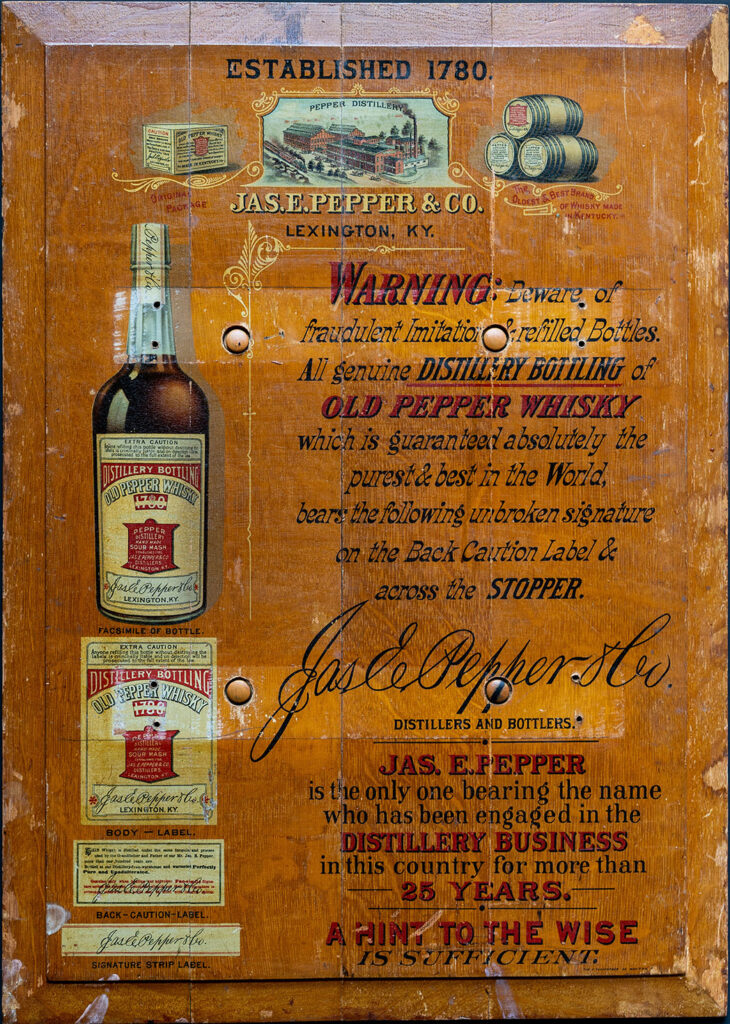The Bottled-in-Bond Act of 1897
Bottled-in-Bond (BIB) is a standard for American whiskey that has been aged and bottled in accordance with a set of legal regulations initially outlined in the Bottled-in-Bond Act of 1897. To be labeled Bottled-in-Bond, a whiskey must originate from a single distillery, produced during a single season—either spring (January to June) or fall (July to December)—aged for a minimum of 4 years in a federally bonded warehouse, and bottled at 100 Proof (50% ABV). The label on the bottled product must indicate the distillery where it was distilled and, if different, where it was bottled.
Bottled-in-Bond stands as the world's first and highest standard for whiskey, and Colonel James E. Pepper played a crucial role in advocating for its creation and its implementation.
One of the primary goals of the Bottled-in-Bond Act of 1897 was to establish a quality standard for bourbon whiskey. Prior to the act's passage, much of the whiskey sold as straight whiskey was far from genuine. A significant portion of the product was adulterated, being flavored and colored with substances like iodine, tobacco, and more. This led to a widespread belief that there was a pressing need for a system to verify and assure the quality of the whiskey.
Michael Veach, Bourbon Hall of Fame Author & Historian:
"This was a controversial piece of legislation opposed by many rectifiers. The two sides of the argument included E.H. Taylor Jr., and James E. Pepper, who argued on the side of the straight whiskey producers, and George Garvin Brown and Isaac Wolfe Bernheim, who argued on the side of the rectifiers."
"The Bottled-in-Bond Act of 1897 created a whole new market for bottled whiskey by separating straight whiskey from blended whiskey in the marketplace. Each BIB’s tax stamp seal was an adaptation of the seal James E. Pepper created to seal his bottles against tampering. The tax stamp also gave the consumer valuable information as to where and when the whiskey was made and bottled. As a result, drinkers gained confidence in the quality of the whiskey in the bottle, and they began to prefer bonded whiskey to whiskey sold from the barrel."



